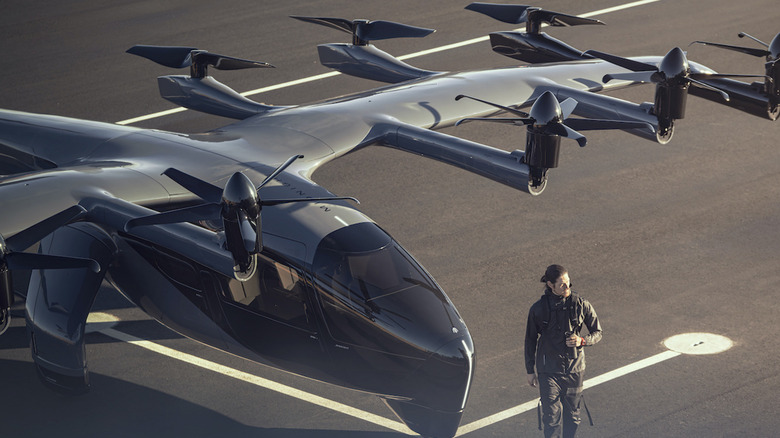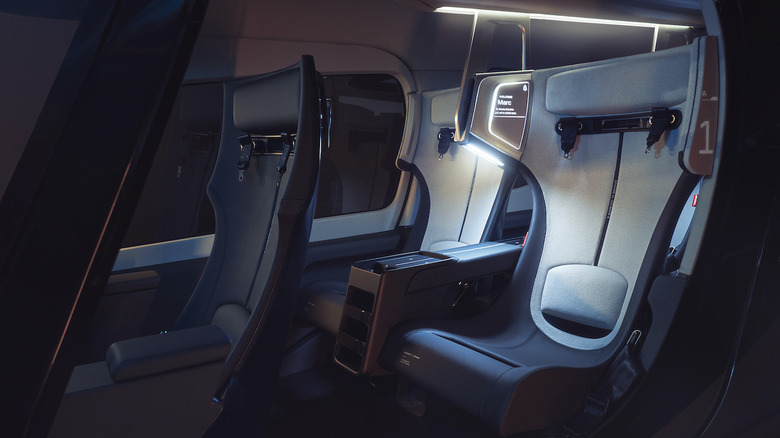First Archer Midnight eVTOL Finishes Production Ahead Of Initial Summer Test Flight
Today, Archer Aviation — a leader in the electric vertical takeoff and landing (eVTOL) space — has finished final assembly and initial testing of its first Midnight aircraft. Last week, the aircraft was transported from Archer's facility in Palo Alto, California to Salinas Municipal Airport for further evaluation, a process that required partial disassembly and rebuilding for the approximately 75 mile journey. Ground testing will begin in preparation for a maiden test flight this summer.
For the uninitiated, Archer plans to use the all-electric Midnight as an airborne taxi service. According to the press release, Archer's goal is to "transform inner city travel ... replacing 60-90 minute commutes by car ... with ~10-20 minute electric air taxi flights that are safe, sustainable, low noise and cost competitive with ground transportation."
Though initially intended for civilian use, Archer says that the Midnight has also caught the attention of the Department of Defense due to its impressive payload capabilities.
It's 1,000 times quieter than a helicopter
Archer Aviation made waves earlier this year when it announced a partnership with automaker Stellantis for $150 million toward making the flying taxis a reality. This partnership is on the heels of an existing agreement with U.S. legacy carrier United Airlines to purchase up to 200 aircraft in a deal worth $1 billion. Initially, United intends to utilize the Midnight to ferry passengers to and from its aviation hubs at Chicago's O'Hare and Newark Liberty airports from the nearby city centers of downtown Chicago and Manhattan, respectively.
The Midnight — a successor to Archer's experimental testbed called Maker — will have seating for four passengers, plus room for one pilot. It's said to have a range of 100 miles, which will allow multiple consecutive short flights with only 12 minutes of recharging in between. The Midnight is capable of cruising at an altitude of 2,000 feet, at speeds approaching 150 mph. Furthermore, its 12 motors are "1,000 times quieter than a helicopter."
The manufacturing of components to build conforming aircraft has already started, with completion of the first production model expected in the fourth quarter of 2023.

